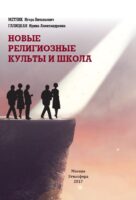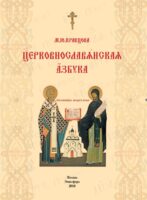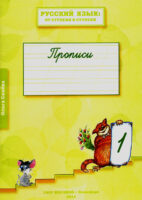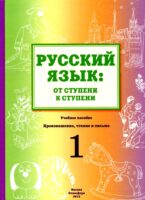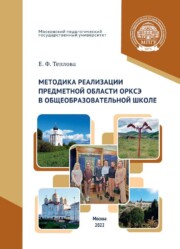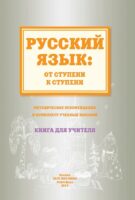Somar Wijayadasa
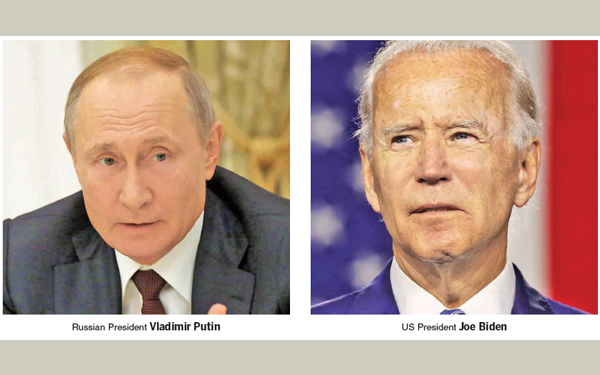
Just days after the Treaty on the Prohibition of Nuclear Weapons (TPNW) that explicitly and unequivocally prohibits the use of nuclear weapons, entered into force on January 22, 2021 – a remarkable victory for humanity – the United States and Russia extended their Strategic Arms Reduction Treaty (New START) until 2026, just two days before it was set to expire.
It is also remarkable that the US and Russia joined hands at a time of severe acrimonious and adversarial relations between the two countries.
Originally signed in 2010 by Presidents Barack Obama and Dmitry Medvedev of Russia, the agreement placed the lowest limits in decades on American and Russian deployed nuclear warheads, and the land- and submarine-based missiles and bombers that deliver them. Most importantly, it allows the United States and Russia to monitor each other’s nuclear forces, facilities and activities.
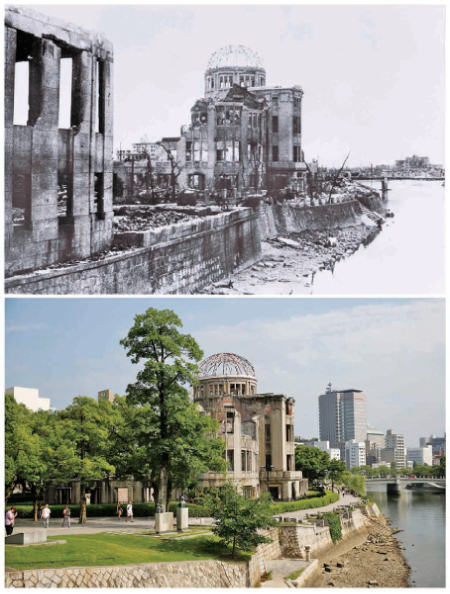
Below: As it is now
Noting that Russia has remained in compliance over the years, US Secretary of State Antony Blinken said, “Especially during times of tension, verifiable limits on Russia’s intercontinental-range nuclear weapons are vitally important.”
Extending the treaty made “the world safer,” he said, adding that “unconstrained nuclear competition would endanger us all.”
Signing the Treaty, Russian President Vladimir Putin said that the New START “makes it possible to maintain the transparency and predictability of strategic relations between Russia and the United States and to support global strategic stability.”
He also said that “it will have a positive effect on the international situation, contributing to the nuclear disarmament process.”
The treaty calls for a cap on the two countries’ deployed intercontinental ballistic missiles (ICBMs), submarine-launched ballistic missiles (SLBMs) and heavy bombers to 700 each; warheads on deployed ICBMs, SLBMs and heavy bombers to 1,550 each; and deployed and non-deployed ICBM launchers, SLBM launchers and heavy bombers to 800 each.
The Nuclear Arms Race
The arms race between the US and the former Soviet Union began in August 1945 after the world witnessed the destruction caused by two atomic bombs dropped by the United States on Hiroshima and Nagasaki that killed between 129,000 and 226,000 people, respectively.
Though not yet a superpower, the Soviet Union still suffering from the ravages of the Second World War, the prospects of having a nuclear bomb with such immense destructive power in the hands of US was not acceptable to the Soviets.
The Soviets acquired the nuclear bomb in 1949 not only neutralizing the Americans balance of power but also as a deterrent to destructive wars, and perhaps as a weapon to make peace as well.
Thus began the nuclear arms race and the superpower competition between the United States and Soviet Union, and by the time the two countries agreed to participate in numerous bilateral arms control treaties and initiatives, the two countries had a stockpile of approximately 70,300 nuclear warheads.
Since then, an entire generation grew up under the shadow of imminent catastrophe, and at times like the 1962 Cuban Missile crisis, there were widespread fears that humanity could not survive.
Thanks to several arms reduction treaties the stockpile of nuclear weapons has been reduced to a total of 13,865. But 6,185 and 6,500 nuclear warheads that the US and Russia respectively own today are ample to scorch our earth several times over.
A Turning Point
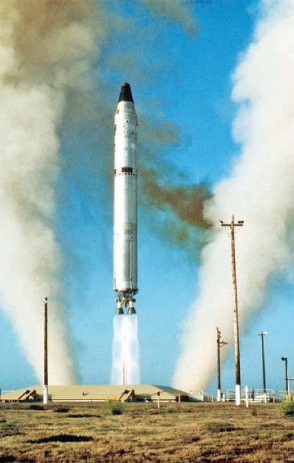
The arms control talks between the Americans and Soviets formally began in 1963 when the representatives of the United States, Soviet Union and Great Britain signed the Limited Nuclear Test Ban Treaty, which prohibited the testing of nuclear weapons in outer space, underwater or in the atmosphere.
Beginning in 1969, the two countries entered into several Strategic Nuclear Arms Control Agreements.
The Strategic Arms Limitation Talks (SALT) began in 1969 and produced the Anti-Ballistic Missile (ABM) Treaty in 1972. Though a SALT II Treaty came into being in 1972, it collapsed after the Soviet Union’s involvement with Afghanistan in December 1979.
The Strategic Arms Reduction Treaty (START) signed on July 31, 1991 by President George H. W. Bush and Soviet President Mikhail Gorbachev, required the United States and the Soviet Union to reduce their deployed strategic arsenals to 1,600 delivery vehicles, carrying no more than 6,000 warheads as counted using the agreement’s rules.
Even after the dissolution of the Soviet Union, Russia continued to maintain momentum despite challenging times. In January 1993, Presidents George H. W. Bush and Boris Yeltsin signed the START II that called for reducing deployed strategic arsenals to 3,000 to 3,500 warheads and banned the deployment of destabilizing multiple-warhead land-based missiles.
After some delays in ratification procedures, START II was shelved as a result of the 2002 US withdrawal from the ABM treaty.
In May 2002, Presidents George W. Bush and Vladimir Putin signed the Strategic Offensive Reductions Treaty (SORT) but it was replaced by New START treaty.
In April 2010, the United States and Russia signed New START, a legally binding, verifiable agreement that limits each side to 1,550 strategic nuclear warheads deployed on 700 strategic delivery systems (ICBMs, SLBMs and heavy bombers) and limits deployed and non-deployed launchers to 800.
Since the Second World War and even during the hostile Cold War era, the US and the Soviet Union and later Russia engaged in many noteworthy projects beneficial to both nations, and the whole world.
For example: The two countries participated in joint efforts in the Limited Test-Ban Treaty in 1963; the Apollo-Soyuz project in space where the cold-war rivals met in orbit in 1975; participated in the 1987 Intermediate-Range Nuclear Forces (INF) Treaty; the first joint US-Russian space shuttle mission in 1994; and in 1995, the US space shuttle Atlantis docked with Russian space station Mir in outer space forming the largest spacecraft ever in orbit.
These are epoch-making milestones by two adversarial superpowers, the US and Russia (who are often categorized as war-mongers and not peace-makers) that strived and markedly reduced their nuclear weapons from 70,000 warheads during the cold war era to current 14,000.
Since its inception in 1945, the United Nations strived to abolish nuclear weapons to accomplish its noble goal “to save succeeding generations from the scourge of war.”
The Treaty on the Prohibition of Nuclear Weapons (TPNW) that entered into force on January 22, 2021, explicitly and unequivocally prohibits the use, threat of use, development, production, testing and stockpiling of nuclear weapons, and it obliges all States Parties to not assist, encourage or induce anyone in any way to engage in any activity prohibited by the Treaty.
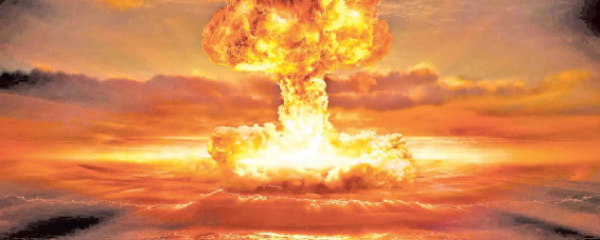
Referring to the TPNW, Peter Maurer, President of the International Committee of the Red Cross (ICRC) said: “Today is a victory for humanity. This Treaty – the result of more than 75 years of work – sends a clear signal that nuclear weapons are unacceptable from a moral, humanitarian, and now a legal point of view. It sets in motion even higher legal barriers and an even greater stigmatization of nuclear warheads than already exists. It allows us to imagine a world free from these inhumane weapons as an achievable goal.”
(Somar Wijayadasa, an International lawyer was a Faculty Member of the University of Sri Lanka (1967–1973), worked in UN organizations (IAEA and FAO from 1973–1985), was a UNESCO delegate to the UN General Assembly from 1985–1995, and Representative of UNAIDS at the United Nations from 1995–2000.
http://www.dailynews.lk/2021/02/08/features/240927/warmongers-and-peacemakers



